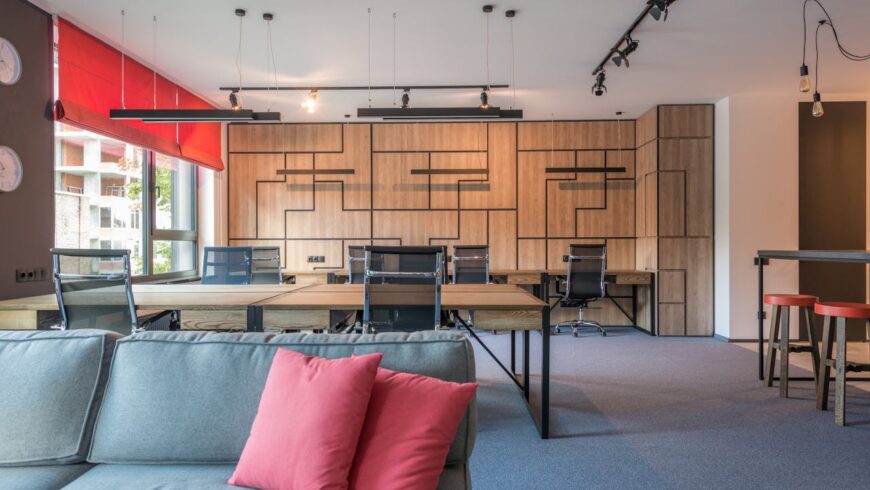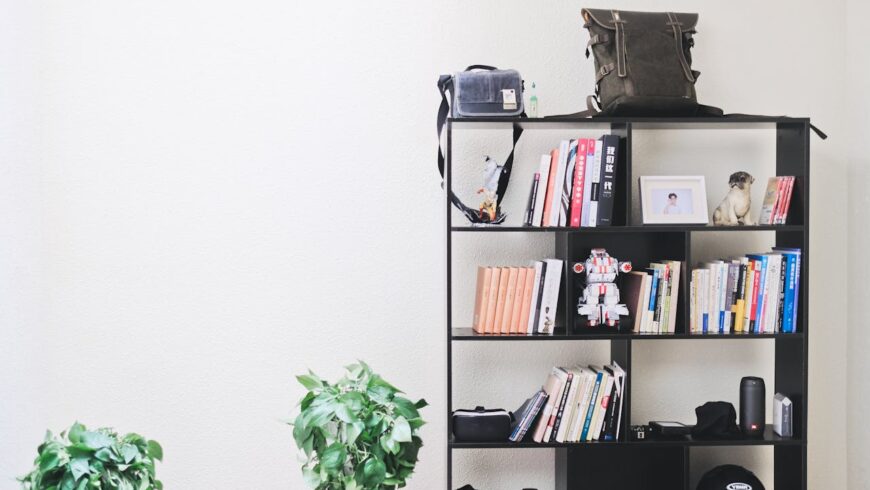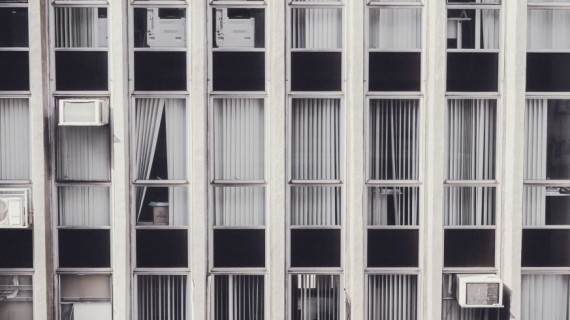Moving to a tropical climate brings new challenges, especially when staying cool. Instead of relying heavily on air conditioning, which can be costly and environmentally unfriendly, there are sustainable ways to stay cool that can keep you comfortable. These methods help you adapt to the heat and reduce your carbon footprint. Whether through thoughtful home modifications or simple lifestyle changes, these eco-friendly practices ensure you can enjoy your new tropical environment without compromising comfort or sustainability.
1. Dress Lightly
Your clothing choices can significantly impact your comfort in a tropical climate. Opt for garments made from natural fabrics like cotton or linen, known for their breathability. These materials allow air to circulate freely around your body, reducing the likelihood of overheating. Light-colored clothing also reflects sunlight, which can help keep you cooler throughout the day. Additionally, wearing loose-fitting clothes can improve air circulation and make it easier for your body to regulate its temperature. By dressing smartly, you can stay cool and comfortable sustainably.

2. Use Fans Efficiently
Fans are a cost-effective and energy-efficient way to stay cool in a tropical climate. When used correctly, ceiling fans can help circulate air throughout your home, creating a wind-chill effect that makes you feel cooler. Portable fans can be positioned strategically to enhance airflow in specific areas. Moreover, they reduce carbon footprint. However, turning off fans when you leave the room is important to conserve energy. Combining fan use with open windows during cooler parts of the day can reduce your reliance on air conditioning, lowering your energy consumption and environmental impact.
3. Plant Shade Trees
Creating natural shade around your home is an effective and sustainable way to stay cool in a tropical climate. Planting trees or shrubs near windows, doors, or patios can block direct sunlight, reducing the heat entering your home. Over time, these plants will grow and provide even more shade, cooling your living spaces naturally. In addition to cooling your home, trees can improve air quality, provide wildlife habitats, and enhance your property’s overall aesthetics. This simple, long-term solution can make a significant difference in maintaining a comfortable indoor temperature.
4. Install Window Shades or Reflective Films
Blocking out the sun’s heat can significantly reduce indoor temperatures. Installing light-colored curtains or blinds is a simple way to prevent heat from entering your home. Reflective window films are another option; they can reflect a large portion of the sun’s rays away from your windows. These films are particularly useful in reducing glare and preventing heat buildup, keeping your home cooler during the day. Both options are energy-efficient and can reduce the need for air conditioning, making them an excellent choice for sustainable living in a tropical climate. Plus, they create a lovely eco-vacation for you to enjoy.

5. Cook Outdoors
Cooking indoors during the hottest part of the day can raise the temperature in your home, making it uncomfortable. To avoid this, consider cooking outdoors. Grilling is a popular option that keeps the heat outside and allows you to enjoy al fresco meals. You can also prepare no-cook dishes like salads or cold sandwiches that don’t require heat. By shifting your cooking habits, you can maintain a cooler indoor environment, reduce energy consumption, and embrace a more sustainable lifestyle in your new tropical setting.
6. Use Solar-Powered Cooling Devices
Harnessing the sun’s power with solar-powered cooling devices is a sustainable way to stay cool in a tropical climate. Solar fans, for example, use photovoltaic panels to generate energy, offering a cooling solution that doesn’t increase your electricity bill. Solar-powered air coolers or misting fans can also relieve the heat while being kind to the environment. Finally, sustainable materials for your furniture can make a huge difference, too. These devices work particularly well in areas with abundant sunlight. They can be an excellent alternative to traditional, energy-intensive cooling systems, helping you stay cool while reducing your carbon footprint.
7. Ventilate Your Home
Proper ventilation is key to staying cool in a tropical climate. By opening windows and doors during the early morning or late evening, you can take advantage of the cooler outdoor temperatures and allow fresh air to flow through your home. This natural ventilation can help expel warm, stale air and bring in cooler air, reducing the need for artificial cooling. For homes with limited natural airflow, installing vent systems or using window fans can enhance ventilation. This simple, low-energy solution can make a big difference in maintaining a comfortable indoor environment.
8. Opt for Light-Colored Roofs or Walls
Choosing light-colored materials for your roof or walls can significantly impact your home’s temperature. Light colors reflect more sunlight than darker ones, which absorb heat. This reflection can lower the heat entering your home, keeping it cooler throughout the day. If planning renovations, consider roofing materials or exterior paints in lighter shades. This simple change can reduce reliance on air conditioning, lower energy bills, and contribute to a more sustainable and eco-friendly lifestyle in your new tropical environment.

9. Stay Hydrated
Staying hydrated is crucial in a tropical climate, where higher temperatures and humidity levels can lead to increased water loss. Drinking plenty of water throughout the day helps regulate your body temperature and prevent dehydration. To keep things interesting, incorporate hydrating foods into your diet, such as fruits like watermelon, cucumber, and oranges with high water content. Herbal teas or infused water can also provide variety while helping you stay cool. Maintaining proper hydration is a simple yet effective way to ensure comfort and health in a warm climate.
10. Create a Cool Sleeping Environment
Ensuring a cool environment is essential for restful sleep in tropical climates. Start by using lightweight, breathable bedding made from cotton or bamboo, which helps wick away moisture and improve airflow. Consider investing in a cooling mattress or pillow designed to dissipate heat. Place a bowl of ice before a fan to create a cool breeze, or use a damp cloth on your forehead or wrists to enhance cooling. These adjustments can improve your sleep quality and help you wake up refreshed, even in the hottest conditions.
There are many sustainable ways to beat the heat!
Adapting to a tropical climate doesn’t have to be a challenge. By implementing these sustainable cooling strategies, you can enjoy a comfortable lifestyle while minimizing your environmental impact. Each method, from adjusting your wardrobe to modifying your home, offers a practical, eco-friendly way to beat the heat. As you settle into your new environment, these sustainable ways to stay cool will help you embrace the unique aspects of tropical living.
Cover image: Photo by Dziana Hasanbekava via Pexels

About the author: Frank Lucido is a seasoned moving specialist with years of experience at nwmoving.com, a company dedicated to providing top-notch moving services. He is passionate about helping clients transition smoothly to their new homes while offering expert advice on adapting to new environments. Frank’s insights are rooted in his extensive knowledge of the moving industry and his commitment to customer satisfaction.




